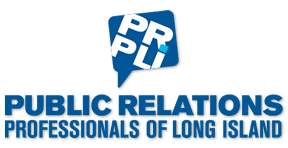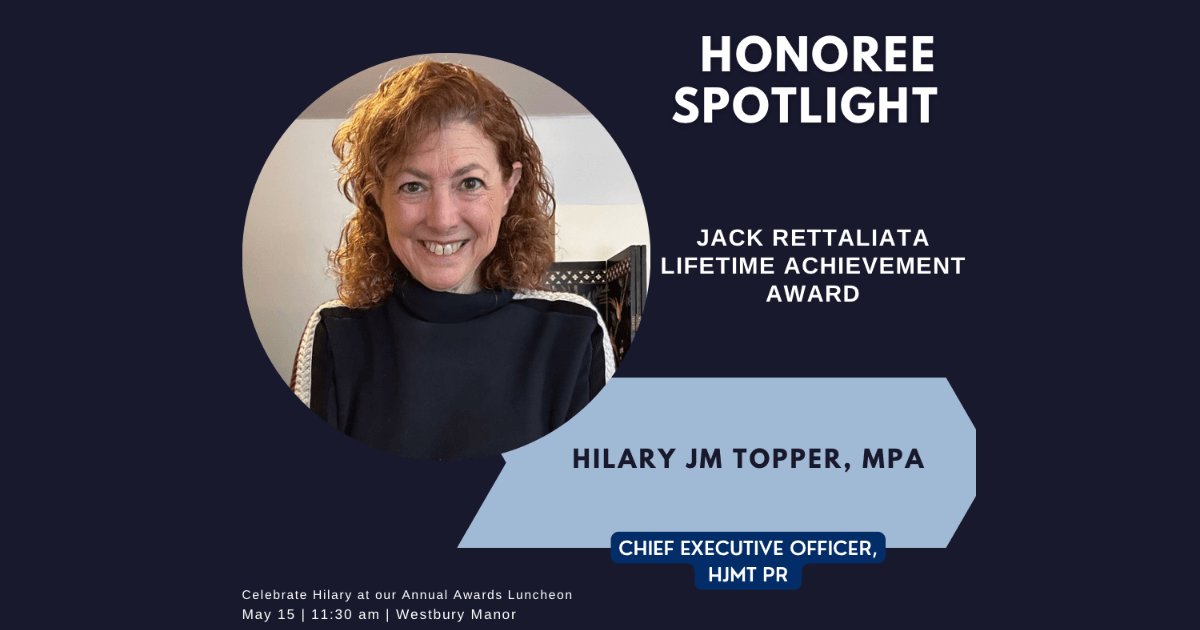By Janine Logan, MS, APR
For those in the specialized field of healthcare communications it has been messaging pertaining to COVID-19 all the time, every time, since late February of 2020. I still remember issuing our organization’s first statement about the potential spread of this virus. We were pretty sure the U.S. was well-equipped to respond to the virus and that it really wasn’t much of a threat. Hindsight is 20/20.
Now, about 15 months later, cases and hospitalizations are trending down, thankfully, and our messaging has turned to vaccine education. New York has done a good job of vaccinating its citizens and has achieved about a 43 percent fully vaccinated rate. It’s even higher when the 12 to 17 age group is pulled out of the equation. But we are still about 30 percent away from herd immunity – the point at which between 70 to 80 percent of the population has achieved immunity either via vaccination or exposure, according to the Centers for Disease Control and Prevention (CDC).
Our challenge now as health communicators is to build confidence in the vaccines and reach hesitant populations, convincing them to take a shot for themselves and for the good of the herd. All communication is about phrasing and persuading. Especially in the field of health communications, which touches people’s emotions, beliefs, and fears, our public relations efforts must rest on a sound understanding of psycho/social behavioral motivators. I, for one, turned to the social norms theory to craft messaging about vaccination. One source, among many, that I examined was an Emblem Health national poll conducted in December 2020. It sought to understand how the use of language and phrasing matters in regard to vaccination and immunization. These two terms are used interchangeably but have different clinical meanings. The Emblem poll found that, generally, consumers understand the difference – that immunization offers protection from disease and vaccination is the process that leads to immunity. With this knowledge in mind, I designed a campaign to combat vaccine hesitancy that builds on the power of immunity and the social norms behavioral change theory that holds that individuals are strongly influenced by what other people in their circle are doing. Immunity is correlated with hope, recovery, and a way to return to normal. Community leaders and other trusted members in a person’s sphere of influence, such as family members and faith leaders, do impact individuals’ decisions. This is how the “Have You Herd – Immunity Is the Word” campaign was born.
I am now tracking the campaign’s progress. Even if this campaign convinces just a handful of people to get vaccinated, I will be satisfied. And it’s that measure of success, no matter how large or small, that grounds me. Since I am not a clinician, communicating about health is the way I contribute to the greater good – or the herd – if you will.






